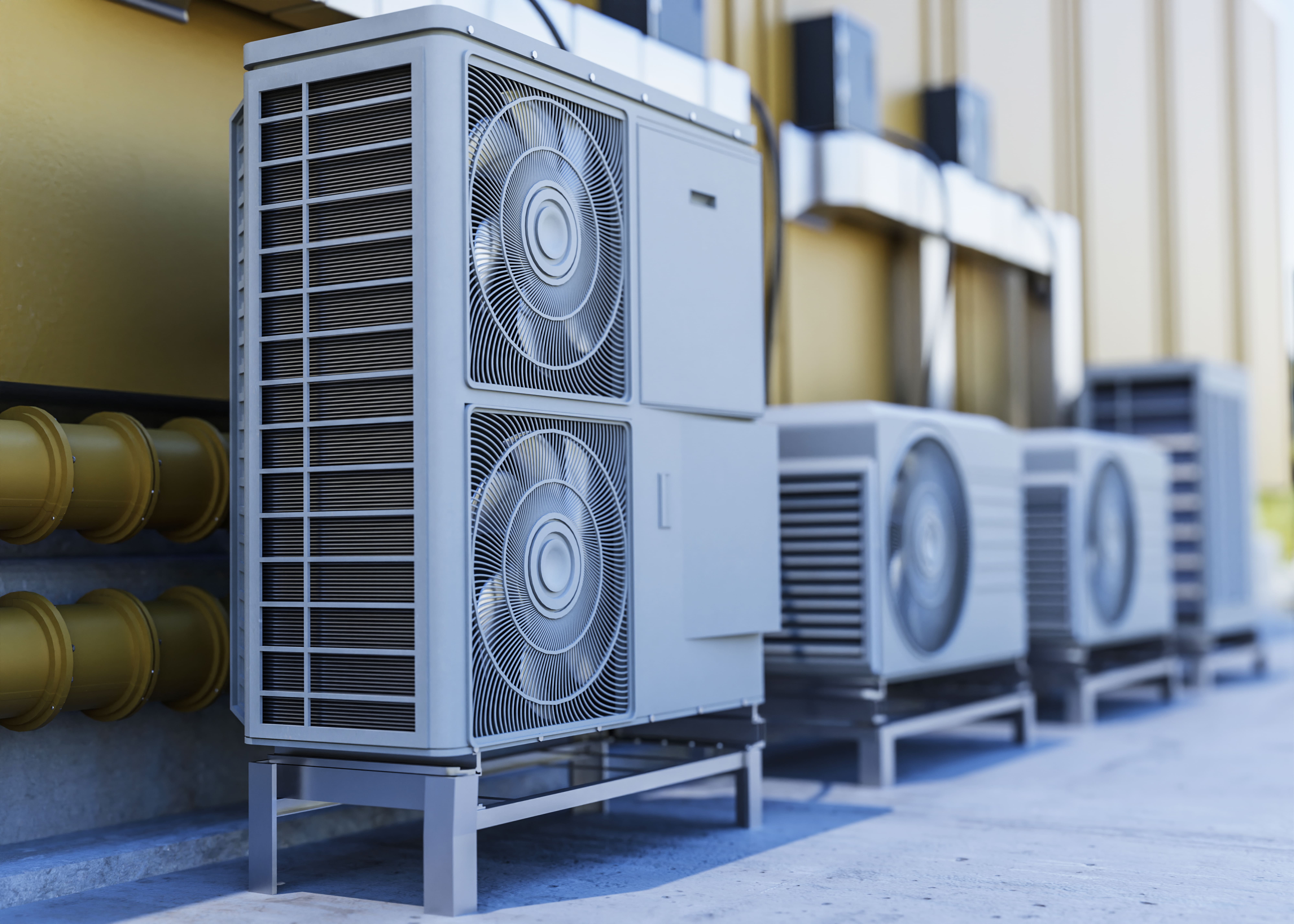
Blog
23rd February 2023
Air conditioning systems are complex systems that require various materials and components to function efficiently. One such material is Acrylic Ethylene Rubber (AEM), which is a synthetic rubber with outstanding properties. This blog will provide an in-depth overview of AEM, including its properties, applications, and advantages in air conditioning systems.
What is Acrylic Ethylene Rubber (AEM)?
Acrylic Ethylene Rubber, also known as AEM or Vamac, is a high-performance elastomer that is produced by combining ethylene and acrylic ester monomers with a third monomer. This synthetic rubber possesses exceptional chemical resistance, high-temperature stability, and excellent oil resistance, making it a popular choice for various industrial applications.
Properties of Acrylic Ethylene Rubber (AEM) AEM exhibits remarkable properties that make it a suitable material for air conditioning systems. The following are some of the notable properties of AEM:
High-temperature stability - AEM has an excellent capacity to resist high temperatures of up to 175°C, making it an ideal material for use in air conditioning systems that generate a lot of heat.
Chemical resistance - AEM has exceptional resistance to various chemicals, including acids, bases, and solvents. This property makes it ideal for use in air conditioning systems that use aggressive chemicals.
Oil resistance - AEM is resistant to oil and other hydrocarbons, making it an ideal material for use in air conditioning systems that use oil as a lubricant.
Weathering resistance - AEM exhibits outstanding resistance to weathering elements such as sunlight, ozone, and other environmental conditions, making it a suitable material for outdoor applications.
Applications of Acrylic Ethylene Rubber (AEM) in Air Conditioning Systems AEM has several applications in air conditioning systems, including:
O-ring seals - AEM is commonly used to manufacture O-ring seals that provide a secure seal between various components of air conditioning systems.
Gaskets - AEM is used to make gaskets that provide a seal between air conditioning system components, ensuring that the systems function correctly.
Hoses - AEM is used to make hoses that connect different parts of air conditioning systems, allowing the systems to work efficiently.
Diaphragms - AEM is used to make diaphragms that control the flow of air or fluids in air conditioning systems.
Advantages of Acrylic Ethylene Rubber (AEM) in Air Conditioning Systems The use of AEM in air conditioning systems offers several advantages, including:
High-temperature stability - AEM can withstand high temperatures, making it an ideal material for air conditioning systems that generate a lot of heat.
Chemical resistance - AEM's exceptional resistance to chemicals makes it an ideal material for air conditioning systems that use harsh chemicals.
Oil resistance - AEM's excellent resistance to oil and other hydrocarbons makes it an ideal material for air conditioning systems that use oil as a lubricant.
Weathering resistance - AEM's remarkable weathering resistance makes it a suitable material for outdoor applications.
In recent times, there have been concerns regarding the supply of Acrylic Ethylene Rubber (AEM). These concerns have been prompted by various factors, including the increasing demand for AEM, disruptions in the supply chain, and shortages of key raw materials used in the production of AEM.
The increasing demand for AEM is mainly driven by the growth of the automotive industry, where AEM is a crucial material used in the production of engine components, transmission seals, and other automotive parts. The use of AEM has also expanded to other industries such as the oil and gas, chemical, and aerospace industries, further increasing demand.
Another factor contributing to supply concerns is disruptions in the supply chain. The COVID-19 pandemic has had a significant impact on global supply chains, leading to shortages of various raw materials and components, including those used in the production of AEM. The pandemic has caused factory shutdowns, reduced production, and delays in shipping, leading to shortages of AEM and other materials.
Furthermore, the shortages of key raw materials used in the production of AEM, such as acrylic esters and ethylene, have also contributed to supply concerns. These shortages have been caused by various factors such as trade disputes, supply chain disruptions, and natural disasters.
The supply concerns have led to price increases and longer lead times for AEM, making it more challenging for manufacturers to acquire the material. Some manufacturers have had to switch to alternative materials, which may not have the same properties as AEM, leading to potential quality issues and reduced efficiency.
To address these supply concerns, various measures have been implemented, such as increasing production capacity, sourcing alternative raw materials, and optimizing supply chain operations. However, it may take some time before the supply of AEM returns to normal levels, given the complexity of the supply chain and the challenges posed by the COVID-19 pandemic.